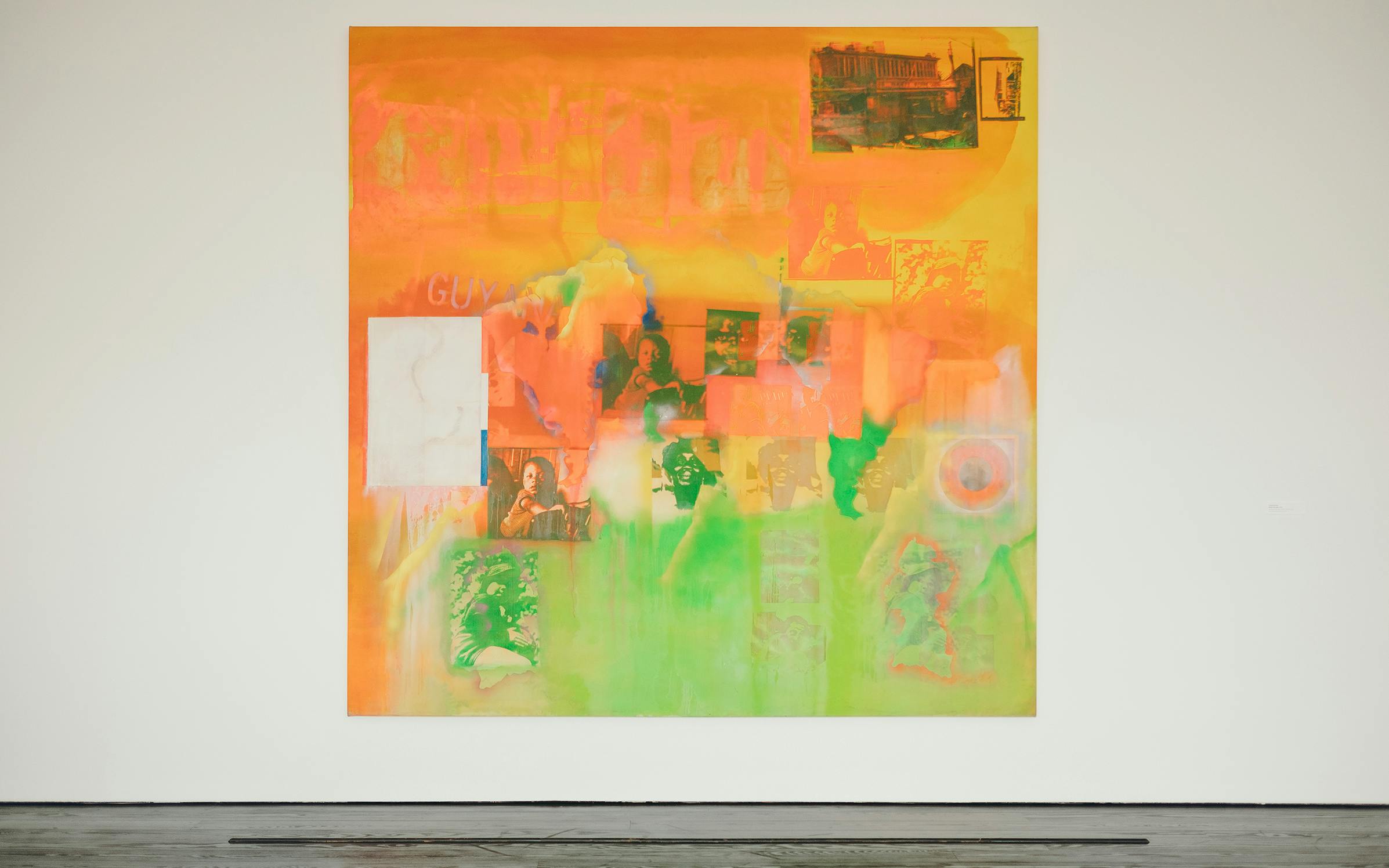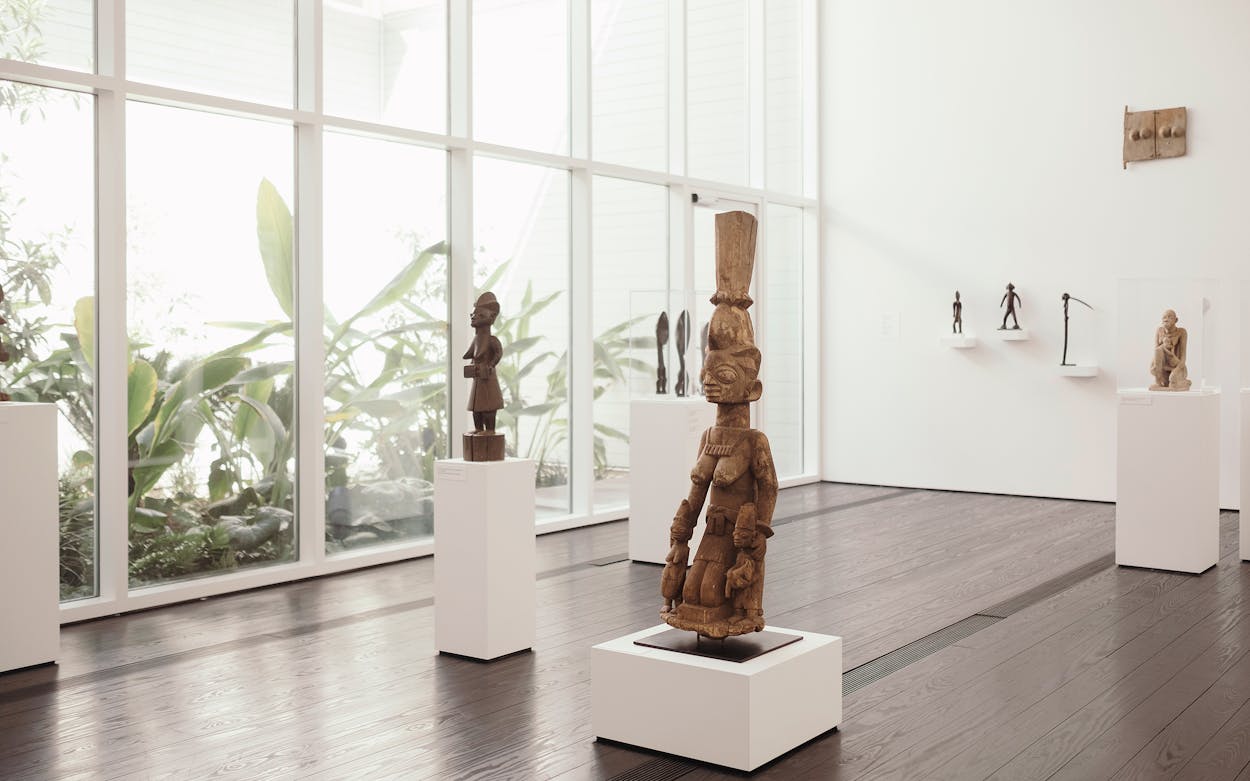On Saturday, the Menil Collection’s main building will reopen after six months of renovations and a major reinstallation of the permanent collection. Return visitors to the Houston museum will immediately notice the completely refinished Loblolly pine floors, which have been restored to their original lustrous black after decades of wear; larger, easier-to-read wall labels; new gallery lighting; and modernized bathrooms.
“If you know the Menil, it will look like you’ve just gotten a new glasses prescription,” said director Rebecca Rabinow during a press preview of the renovated galleries earlier this week.
The walls do look whiter and the floors gleaming and dark, but that only touches the surface of the museum’s extraordinary transformation. During the renovation, all non-load-bearing walls were removed and reconfigured to create entirely new galleries that showcase a wholesale reinstallation of works from the Menil’s 17,000-piece collection, some of which have never previously been exhibited.
The new galleries have allowed the Menil’s curators to permanently display exquisite works from the museum’s Art of the Americas collection, such as an eighteenth-century wooden mask by the Nuu-chah-multh people of modern-day Vancouver Island. They have expanded the Surrealism gallery, while thankfully preserving the popular room containing objets d’art collected by Surrealist artists.


Rather than cramming as many works as possible into the museum’s 30,000 square feet of exhibition space, curators chose to display fewer works while giving them (and visitors) more room to breathe. The Surrealist galleries, once rather claustrophobic, are easier to navigate. The Ancient Art gallery was given a larger, more welcoming foyer as well as better sight lines that help visitors move through its sometimes maze-like passageways. In the contemporary galleries, one tall vertical window looking onto Menil Park has been uncovered for the first time in museum history—it was previously hidden behind drywall—letting natural light into a large room dominated by a stunning, wall-sized canvas by Cy Twombly.
The Menil is using its special exhibition spaces for two temporary exhibitions of work from its permanent collection, one featuring Claes Oldenburg’s geometric mouse art from the 1960s and ’70s and the other—intended to represent the Menil’s ongoing commitment to the work of living artists—featuring works by contemporary sculptor Leslie Hewitt.
Dominique and John de Menil were committed civil rights activists who funded an ambitious publishing project called The Image of the Black in Western Art, now based at Harvard University. The reinstallation honors that commitment with a new presentation of African and European art from the permanent collection focused on the transatlantic slave trade and European-African cultural exchange. Throughout the museum, the curators made a conscious effort to feature more art by people of color and women, the latter an infamous blind spot of the Menils that the museum has been working to remedy through its recent acquisitions, according to associate director of communications Tommy Napier. “I’m glad you noticed it,” he said of the greater representation of women and people of color in the galleries.

Visitors to the new Menil will be immediately greeted upon entering the building by a symbol of the museum’s fresh approach—a monumental, brightly colored silkscreen painting by Guyanese-born British artist Frank Bowling entitled “The Middle Passage” (1970). It will be the only painting on exhibition in the Menil’s cavernous foyer, which will be otherwise empty except for a guard desk and the familiar oversized ottoman.
It’s a dazzling, never-before-exhibited work by a painter of color about the legacy of slavery—and a perfect re-introduction to a cultural institution that, three decades after its founding, looks better than ever.
- More About:
- Art








